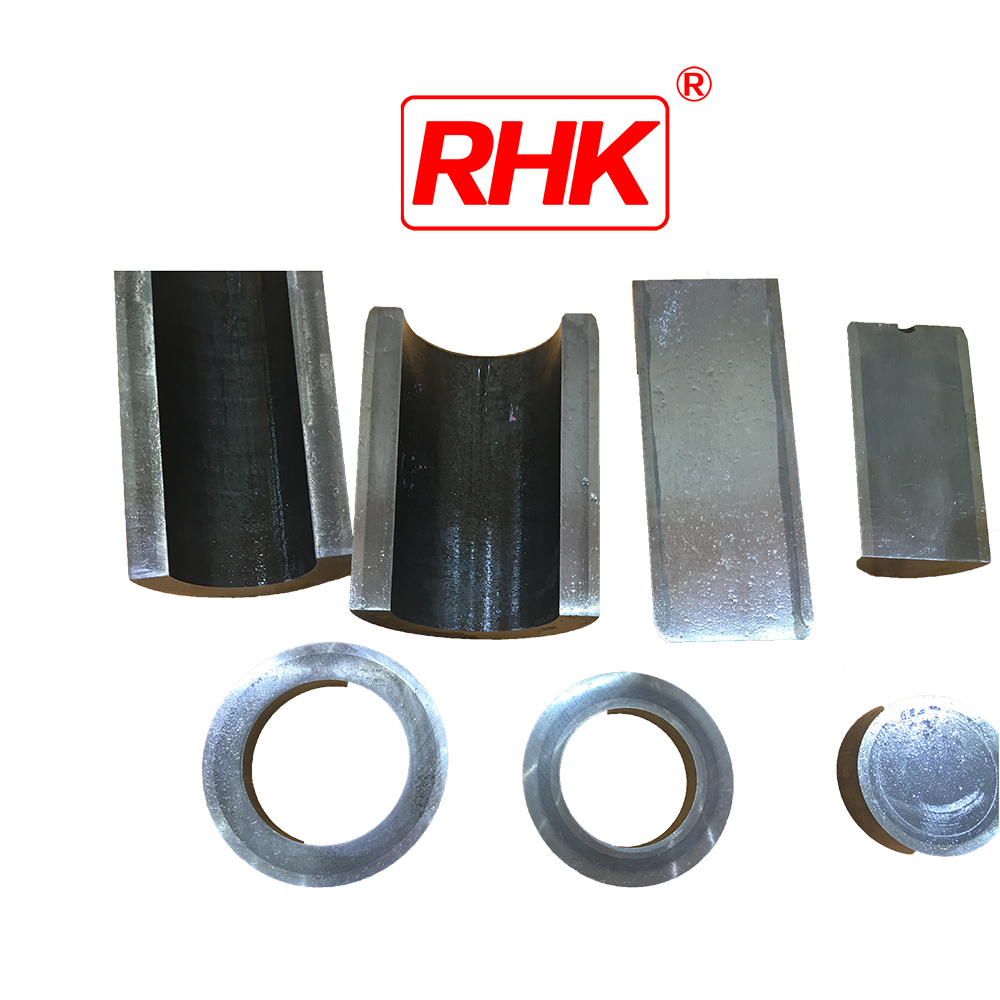This comprehensive study aims to provide an in-depth analysis of the role of bucket components in the performance of excavators. The post will begin with an introduction to the components of an excavator bucket from bucket tooth manufacturer. And their respective design and performance parameters. It will then discuss the design and performance of the bucket ear, pin, and tooth in greater detail. Finally, the post will explore the relationship between excavator performance and the bucket ear, pin, and tooth.

Introduction About Excavator Bucket Components
The heel is the rear bottom part of the bucket that sits against the adapter when the bucket is attached to the excavator. The adapter, or dipper stick, supports the weight of the bucket and allows the excavator to lift and move it. The teeth consist of wear-resistant metal attachments along the cutting edge that provide increased strength and longevity.
Welds and seals help join the components together and make the bucket watertight. Additional reinforcements like side cutters, end bits, and backing plates improve performance and prevent damage. Regular inspection and maintenance of these components help ensure optimal and safe operation of the excavator bucket.
Design and performance of Bucket ear from bucket tooth manufacturer
The bucket ear, or heels, provide an attachment point for the excavator dipper stick to securely connect the bucket. The ear design has a significant impact on the performance and functionality of the bucket. Some key considerations for bucket ear design include:
Strength – The ears must be thick and reinforced enough to handle the heavy weights and forces acting on the bucket without bending or breaking. High strength steel is typical for bucket ears.
Wear resistance – The ears take constant impact and abrasion from the dipper stick connection, so a wear-resistant steel coating or hardface weld is usually applied to the ears.
Flexibility – While strong, the ears also need some flexibility to conform to uneven surfaces and prevent excess stress concentrations. The ears can be tapered or curved slightly.
Compatibility – The ears must match the shape and size of the dipper stick ends to properly and safely connect the bucket. The ears need bolt holes or bushings that align with the dipper stick attachment points.
China Bucket pin design and performance
Bucket pins from China supplier, secure the excavator dipper stick into the bucket ear in a pin and bushing arrangement. The pins and bushings must handle substantial forces and stresses. So China bucket pin design is critical to proper performance of the equipment.
Thread Length – Longer thread lengths increase the surface area of support for the dipper stick bushing. However, too much thread length limits how deep the dipper stick can engage into the bucket. Thread lengths usually match the bushing width.
Bushing Wear – A close-fitted, wear resistant bushing material provides support to the pin head while allowing some flexibility and rotation. Bushing material must be durable under load and not overly deform with use.
Locking – Additional lock nuts, clips, bushings or pins may be used to prevent the main pins from loosening or rotating. Especially on off-road or unstable terrain. Cotter pins are commonly used especially on smaller excavators.
